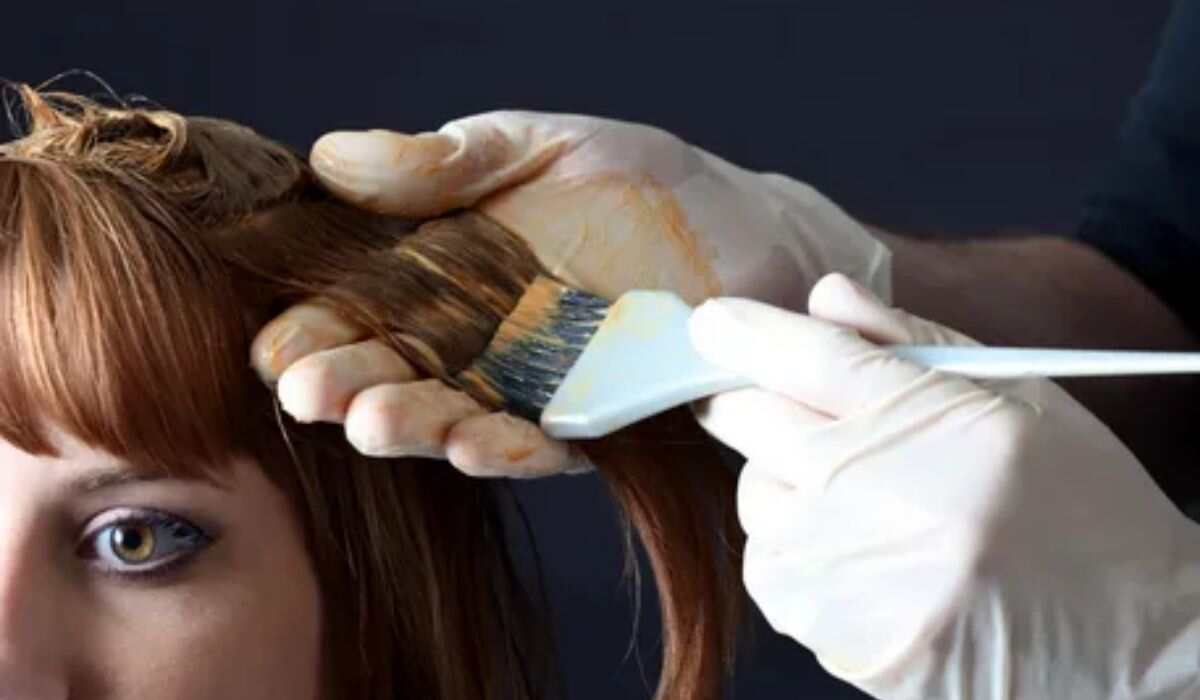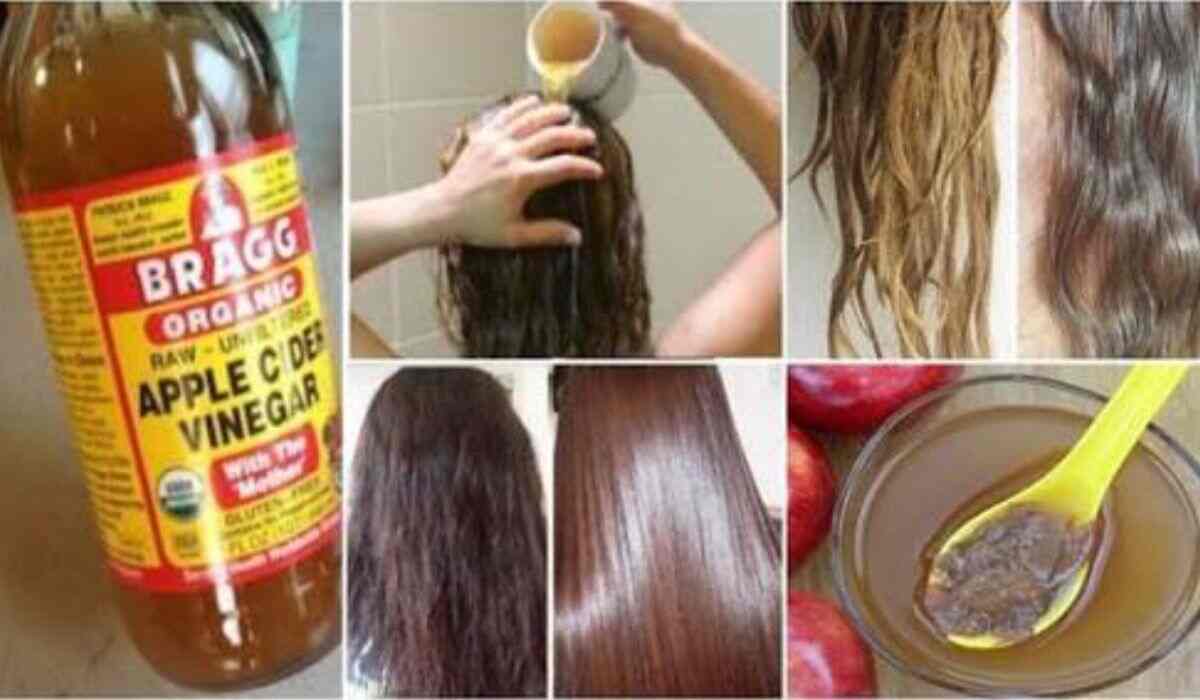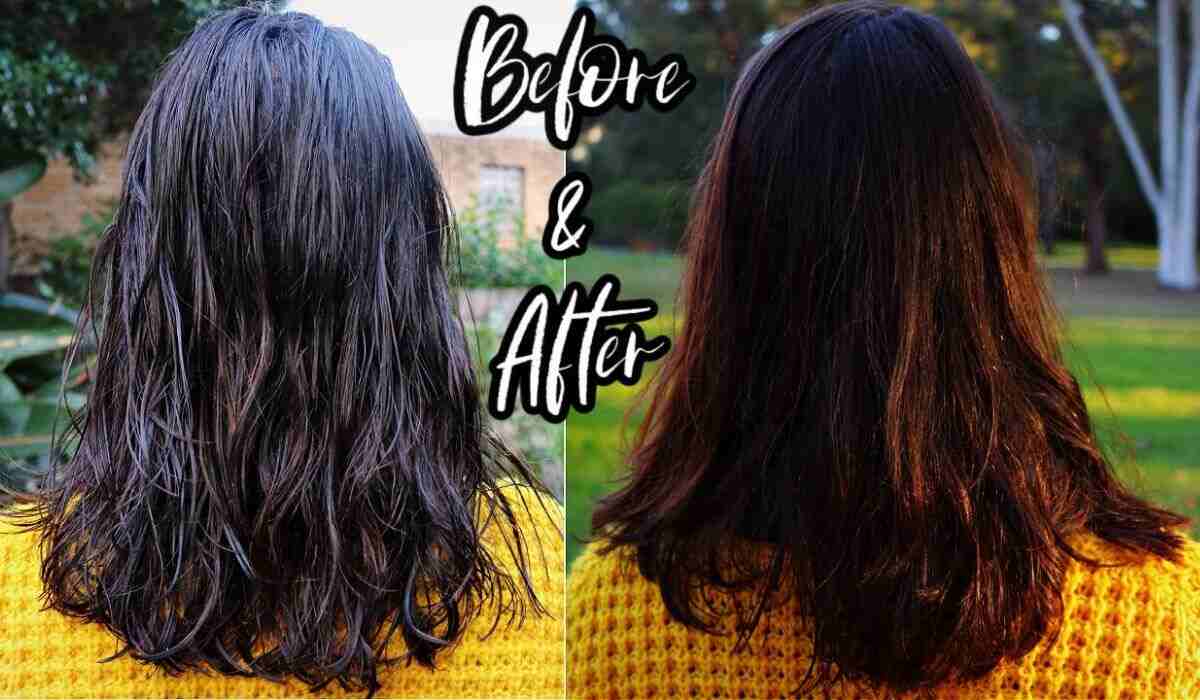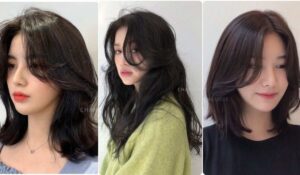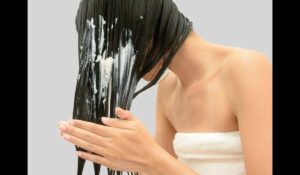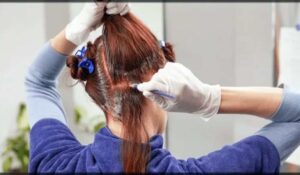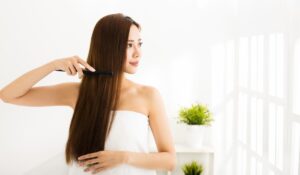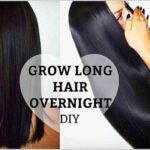Vinegar set hair dye is a coloring method where vinegar is used to set or fix the dye onto the hair shaft. The acidity of vinegar helps the dye adhere to the hair, enhancing color longevity and vibrancy.
Curious if vinegar can lock in your hair color? Many wonder if this kitchen staple has the power to set hair dye. Let’s explore the science behind it and find out if vinegar is a secret ingredient for vibrant and long-lasting hair color. Unveil the mystery of vinegar’s potential in keeping your dyed locks looking fabulous!
Vinegar is not known to set or fix hair dye. While it is commonly used for various household purposes, including cleaning and cooking, it doesn’t have properties that can effectively lock in hair color. Hair dye typically sets through a chemical process that occurs during application, and vinegar does not play a role in this.
Use Vinegar To Set Hair Dye
Using vinegar to set hair dye is not a standard practice, as hair dye sets on its own during the coloring process. If you’re looking for ways to enhance color vibrancy and longevity, you can try these steps:
Prepare a Vinegar Rinse: Mix one part vinegar (apple cider vinegar is commonly used) with two parts water to create a vinegar rinse.
Shampoo and Rinse Hair: Shampoo your hair as usual and rinse it thoroughly to remove any excess hair dye.
Apply the Vinegar Rinse: Pour the vinegar rinse over your hair, ensuring it covers all areas. Gently massage it into your scalp and hair.
Let it Sit: Allow the vinegar rinse to sit on your hair for a few minutes. You can use a shower cap to cover your hair during this time.
Rinse Again: Rinse your hair thoroughly with water to remove the vinegar solution. Follow up with a conditioner if desired.
Setting Dye With Vinegar
Setting dye with vinegar is a simple and effective method used in fabric dyeing. After applying dye to fabric, especially with natural dyes like those derived from plants, vinegar is often employed to help set the color. Vinegar acts as a mordant, helping the dye molecules bond to the fibers more securely.
To set the dye, mix vinegar with water and soak the dyed fabric in the solution. The acid in vinegar enhances color fastness and prevents fading during subsequent washes. This process is commonly used in DIY projects, tie-dyeing, and other crafts to ensure vibrant and long-lasting colors on fabrics.
How To Make Hair Dye Last Longer Vinegar?
To make your hair dye last longer with vinegar, follow these simple steps. After coloring your hair, rinse it with water and gently towel dry. Mix one part apple cider vinegar with two parts water. Apply the vinegar mixture to your hair, focusing on the colored areas. Let it sit for about 5 minutes, then rinse thoroughly with water.
Vinegar helps to seal the hair cuticles, locking in the color and preventing fading. Repeat this process once a week or as needed to maintain vibrant and long-lasting hair color. Remember to use a conditioner afterward to keep your hair soft and manageable.
Apple Cider Vinegar On Dyed Hair
Apple cider vinegar (ACV) can be beneficial for dyed hair. It is a natural product that may help improve the overall health of your hair. When diluted with water, ACV can be used as a hair rinse to restore the pH balance of the scalp and hair, which might be disrupted by the chemicals in hair dye.
To use ACV on dyed hair, mix one part ACV with three parts water and apply it to your hair after shampooing. Leave it on for a few minutes and then rinse thoroughly. This vinegar rinse may help to remove product buildup, enhance shine, and promote a healthier scalp.
Washing Hair With Apple Cider Vinegar Side Effects
| Side Effects | Prevention/Tips |
| Dryness or Irritation | Dilute ACV with water (1:3) |
| Color Fading (for dyed hair) | Be cautious, especially with recent dye jobs |
| Allergic Reaction | Perform a patch test before widespread use |
| Temporary Smell | Usually fades as the hair dries |
| Persistent Issues | Consult a dermatologist or hair care professional |
Vinegar Rinse After Coloring Hair
After coloring your hair, using a vinegar rinse can be a simple and natural way to enhance and maintain your color. Vinegar, specifically apple cider vinegar, is known for its ability to remove residue and restore the pH balance of the hair. To create a vinegar rinse, mix one part apple cider vinegar with two parts water.
After shampooing and conditioning your colored hair, apply the vinegar rinse, making sure to distribute it evenly. Leave it on for a few minutes before rinsing thoroughly with water. The vinegar helps to close the hair cuticles, which can contribute to increased shine and vibrancy.
Vinegar Hair Dye Removal Before And After
Vinegar is a natural and effective solution for removing hair dye before and after the coloring process. Before dyeing your hair, applying vinegar helps eliminate any existing residue or buildup, creating a clean canvas for the new color. It works by breaking down the dye molecules and lifting them from the hair shaft.
After coloring, vinegar can be used to fix any dye mistakes or to lighten the color. Mixing equal parts of vinegar and water and gently massaging it into the hair can help fade the dye, allowing for a more desired shade.
Frequently Asked Question
How should I set hair dye?
Hair dye is set by allowing it to process for the recommended time specified in the product instructions. Follow the instructions carefully for the best results.
Can vinegar fade hair color?
Vinegar has acidic properties that may cause color fading over time. It’s advisable to use a mild, color-safe shampoo and conditioner to maintain vibrant hair color.
Are there any alternatives to set hair dye?
The best way to set hair dye is to follow the instructions provided with the dye. Using heat, such as a hairdryer, may help the dye penetrate the hair shaft and set more effectively.
Conclusion
Vinegar is often suggested as a remedy to set hair dye, but its effectiveness is not guaranteed. Vinegar’s acidic nature may help in sealing the hair cuticle and potentially extending the life of hair color, but results can vary.
It’s essential to note that individual hair types and dye formulations differ, so what works for one person may not work for another. For best results, it’s advisable to follow the instructions provided with the hair dye and consult with a professional hairstylist for personalized advice on maintaining vibrant and long-lasting hair color.
